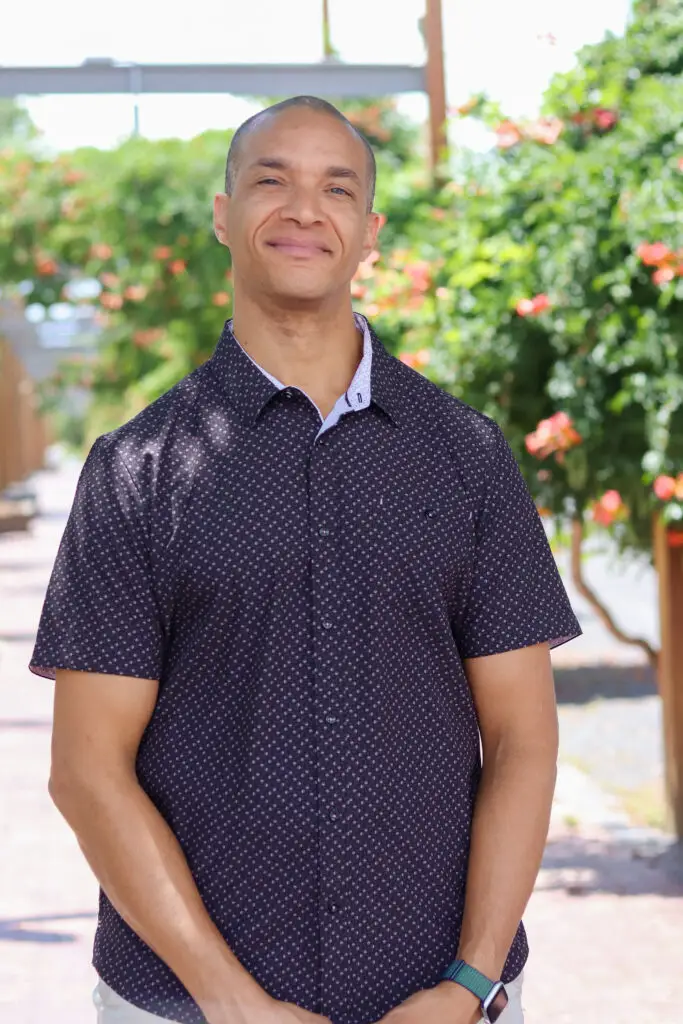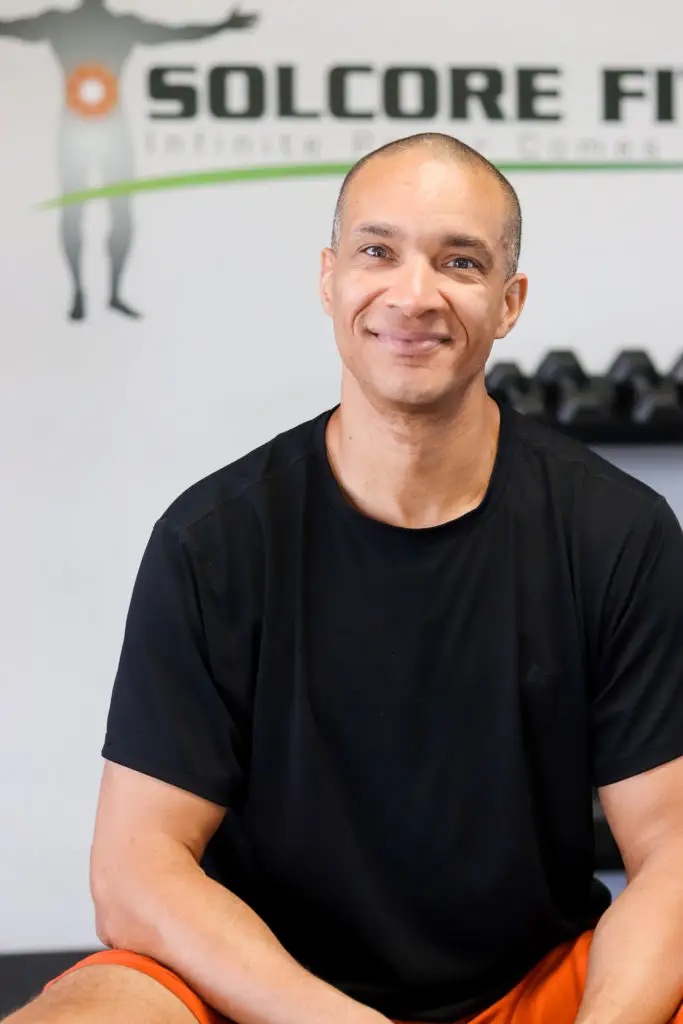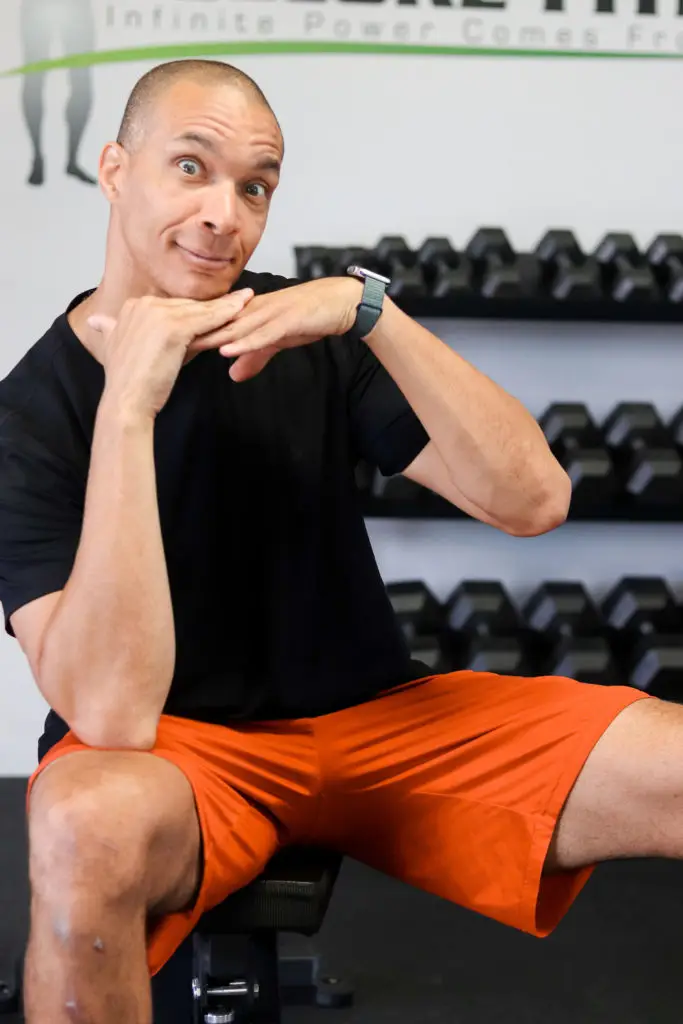
Have you ever noticed that the moment you make a positive change, there’s always someone ready to rain on your parade?
- You get a new haircut and someone says it’s too short.
- You buy a new car and someone tells you it’s overpriced.
- You start eating healthier or exercising, and someone insists “that diet doesn’t work” or “you’re going to hurt yourself.”
Sometimes, it can feel like everything you do comes with a side of unsolicited criticism. And while part of that might just be human nature—including our tendency toward skepticism—it’s also a trap you can choose to step out of.
Because here’s the truth: When it comes to your health and fitness goals, there is only one opinion that matters—yours.
Once you accept this, it becomes extremely freeing. Let’s break it down.
Why People React Negatively to Your Changes
Most people’s negative comments have much less to do with you and much more to do with them. These reactions often come from:
- Insecurity: Your progress shines a light on what they’re not doing for themselves.
- Fear of change: If you change, it can disrupt the “comfort zone” of relationships or habits they’ve come to expect.
- Projection: They share their personal doubts and past failures, not universal truths.
- Habit: Some people just have a reflex to point out the downside of everything.
From a coaching perspective at SolCore Fitness, I see this frequently when someone begins a new [HOLISTIC EXERCISE AND FITNESS PROGRAM]. Friends or family—often well-meaning—warn them it’s “too much” or “won’t work.” These comments are often rooted in misinformation or resistance to the idea that better health requires commitment.
Why You Shouldn’t Take it Personally
If you’ve ever heard the physics principle, “For every action, there is an equal and opposite reaction,” you can apply it here. The “reaction” to your positive change isn’t necessarily an accurate mirror—it’s just movement in the opposite direction.
Taking it personally twists you up inside and steals emotional energy you could be using to stay consistent with your goals. Your fascia doesn’t care what anyone else thinks—it responds only to your consistent, intentional movement and care.
When Their Opinion Might Matter
There’s one big exception: if your personal change directly affects someone else’s safety, well-being, or shared responsibilities, their input may be valid. For example:
- Adjusting your household food budget could affect your family.
- Changing your schedule drastically might impact family duties.
- Training for an event could require conversations about time and commitments.
Outside of those areas? Their disapproval is their problem to manage, not yours.
How to Build a “Not Your Problem” Mindset
1. Get Clear on Your “Why”
The stronger your reason for pursuing your health goal, the easier it is to ignore outside noise. Is it to move without pain? Be more active with your kids? Reverse years of wear and tear? When you know your why, other opinions lose their power.
2. Choose Evidence Over Opinions
If someone says, “That stretching program won’t work,” but your posture feels better, your back pain has decreased, and your strength is improving—whose data should you trust? Your lived experience is more reliable than their unsupported judgment.
3. Practice Boundary Statements
You don’t have to debate or justify your decisions. Simple responses like:
- “This works for me, thanks.”
- “I appreciate you caring, but I’m committed to this.”
These keep the conversation from turning into a tug-of-war.
4. Surround Yourself with Supportive Voices
Build a circle of friends, workout partners, or coaches who encourage your growth. As you’ll experience in the [HOLISTIC EXERCISE AND FITNESS PROGRAM], being around people who speak the same “health language” gives you momentum—and insulation from critics.
A Real-World Example from SolCore
A client of mine, Mark, started a posture and mobility program after years of lower back tension. Within a month, coworkers began joking about his “strange stretches” during breaks. In the past, Mark admitted, the teasing would have made him quit.
But this time, he was anchored in his goals: avoiding surgery and enjoying hiking again. He politely deflected comments (“It’s working—my back feels better than it has in years”), and stayed the course. Six months later, those same coworkers were asking him for advice. That’s the power of not letting other people’s discomfort derail your path.
What Happens When You Keep Chasing Approval
If you linger in the trap of trying to please everyone:
- Your decisions become inconsistent, pulled in multiple directions.
- You waste time overexplaining or defending your choices instead of doing the work.
- Progress slows because you’re acting from avoidance instead of intention.
Over time, this can create resentment toward both yourself and the people you’ve let sway you.
Choosing Yourself—Every Time
Choosing your health might make others uncomfortable, but you are not responsible for managing their feelings about your choices. You ARE responsible for your own well-being.
When people criticize:
- Pause, breathe, and remind yourself of your why
- Consider if there’s any constructive insight hidden in their words
- If not, let it pass without taking it on as your burden
The Takeaway
In life—and especially in fitness—you will always encounter voices telling you what won’t work, what you should change, or how you should be doing it “their way.”
When it comes to your body, health, and future capabilities, those voices don’t get a vote unless you invite them in. The only one with a permanent seat at the table is you.
If you can internalize this truth now, you’ll free up massive amounts of energy, keep your consistency intact, and enjoy your results without guilt.
Call to Action
Are you ready to put your health first and keep it there—no matter what anyone else thinks? The [HOLISTIC EXERCISE AND FITNESS PROGRAM] is built to help you stay focused, committed, and confident while making progress that speaks louder than words.
Decide today that your results belong to you, and you don’t have to apologize for them.
It’s not just working out, it’s building a foundation for a better life.
Find out more @








